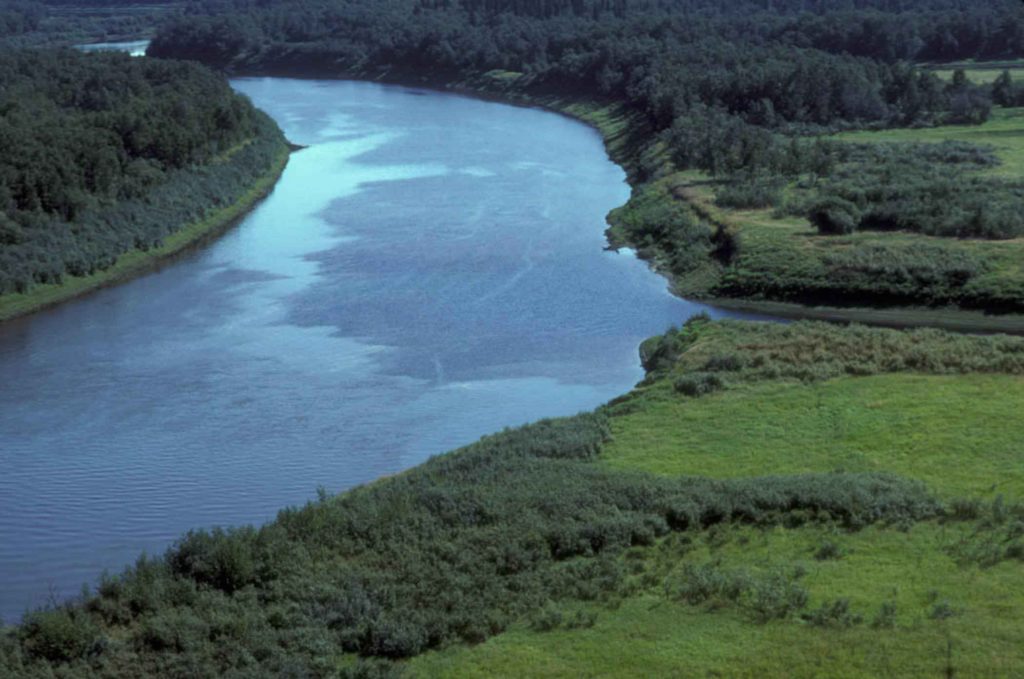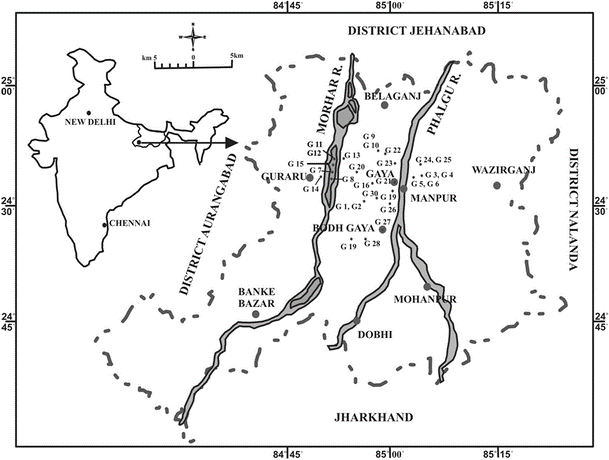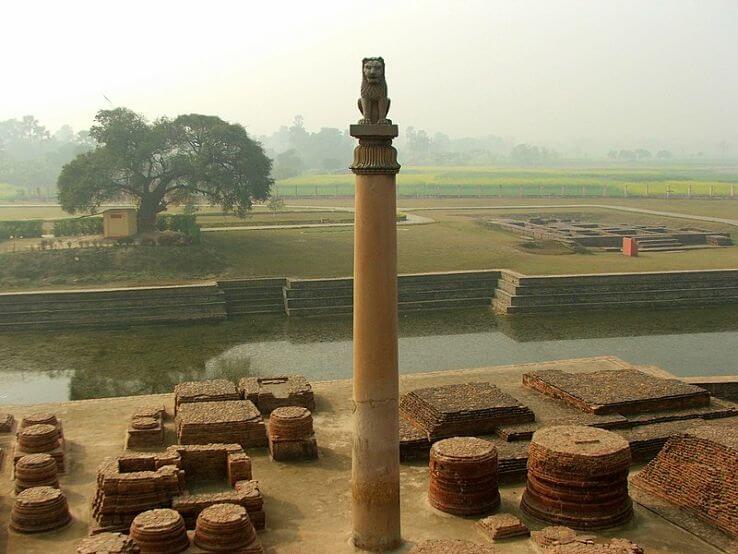The River Phalgu

The River Phalgu
There is a river Name Phalgu which runs under the ground, is situated in the Gaya district of the state of Bihar. There is an amazing story behind the Phalgu River which is mentioned in the content below. The river is sacred and basically, the Phalgu River remains dry throughout the year but remains full during monsoon. The very famous Chhat puja is also celebrated on the bank of the Phalgu River. Its believed that the Phalgu name has been derived from two words; phala means merit and gau, a wish-fulfilling cow.
What do you think this picture is of? I am sure all of you know the answer that is: river. Can you define a river? Yes, we can define river as a large, natural flow of fresh water, a river flows in a broad channel and normally flows towards a sea or a lake. Now if I say, a river can flow under the ground, will you believe me? Believe me or not, but it is true. There is a river, name Phalgu, which runs under the ground. It is in the Gaya district of the state of Bihar. Gaya is the name of a district in the state of Bihar and it is a sacred place.
Phalgu River is at the meeting place or sangam of two streams, namely Lilajan, also known as Niranjan, and Mohana streams. Both the streams originate from the Korambe hill, situated to the south of Gaya. Phalgu River finally meets the river Ganga, north of the Gaya district.
Other than during monsoon season, the Phalgu River remains dry throughout the year. This is the speciality of this river. See the picture below.

There is an interesting story behind the dry Phalgu River. Are you eager to know the story of why is Phalgu River dry? Let us go ahead with the story.
It is an interesting story from Purana. This story is from the great epic of Ramayana. The story is: It was the time when Lord Rama along with his brother Laksman and wife Sita were in exile. Lord Rama decided to perform the sacred rite called pind-daan for their father Dasarath and they came to Gaya. Pind-daan is the offering of food of rice and til (sesame seeds) to the departed ancestors to rest the soul or atma of ancestors in peace and for the rebirth of their souls. Before performing the ritual Lord Rama and his brother went to take a bath in the Phalgu river. Sita was waiting for them and was playing with sand. Suddenly , Raja Dasarath appeared before Sita and ask her to perform the pind-daan. Sita humbly requested him to wait for Lord Rama so that they can offer the traditional pind-daan with rice and til. But Raja Dasarath did not want to wait. He said that he was hungry and asked Sita to perform pind-daan immediately with sand. There was no other way; Sita was compelled to perform the rite. But she chose a banyan tree, phalgu river, a tulsi plant, a cow, sacrificial fire and a brahman as witnesses of this incident. When Lord Rama returned with his brother and started performing pind-daan, Dasarath did not appear. Then Sita told whole incident to Rama. But he did not believe her, then Sita asked her witnesses to testify to the truth. Except the banyan tree, all the witnesses denied the truth. Then, being angry she cursed all of them. She only blessed the banyan tree for supporting her and said ,people will come to perform pind-daan at this banyan tree. This banyan tree is famous as the Akshaya Vat, and it is near the Vishnupad temple. As Sita cursed the Phalgu River, the Phalgu River does not have water in Gaya. It is only a vast sandy valley . But, water is running under the sand. That is why in literature this river is mentioned as ‘antasalila’, which means flowing under the ground. If we dig the sand, fresh water will come out. But during the monsoon season, the river remains full.

In the above picture, you can see the Phalgu river and in the picture below you can see that phalgu river has met the river Ganga along with its tributaries, rivers like Son, Badua etc. from the south and Gandak, Bagmati, Kosi, from north.
On the banks of this river, many ghats and shrines have been made for performing religious rites and rituals. At present, there are eleven ghats along the western bank of the river. These ghats are specially made for performing rituals, bathing , ancestral rites. Shamshan ghat or crematory ghat is situates at the southernmost part of the river. This ghat is used for cremation only. Among these ghats Gadadhar ghat and Sangat ghats are very famous, because people come in this place to perform religious rites and rituals. In monsoon, when the river is full of water, devotees from different parts of our country come and gather on the bank of the river for rituals and take holy dip in this river. Famous Chhat puja is also celebrated on the bank of the Phalgu River.
The well-known Sita kund is situated on the bank of the Phalgu river. It is situated to the opposite of the Vishnupad temple. Sita kund was made to represent the place where Sita performed her pind-daan to Dasarath. There is a tiny idol of Sita , holding a ball as pind, which symbolises the pind-daan by Sita.
Phalgu is a sacred river for Hindus and Buddhists. It is believed that the name Phalgu has been derived from two words, phala means merit and gau, a wish fulfilling cow. The significance of this belief is that this river is considered of highest power of devotion and merit. In Indian mythology this river is also described as the great river or mahanadi. As this river runs most of the time in a year under the ground this is also known as Gupt Ganga, that means hidden Ganga. One traditional saying is that Phalgu river formerly flowed with milk.
The significance of Phalgu River is that this is a sacred river and also It is very important for pilgrims. And its uniqueness is that it is antasalila that is it flows under the riverbed.






Responses